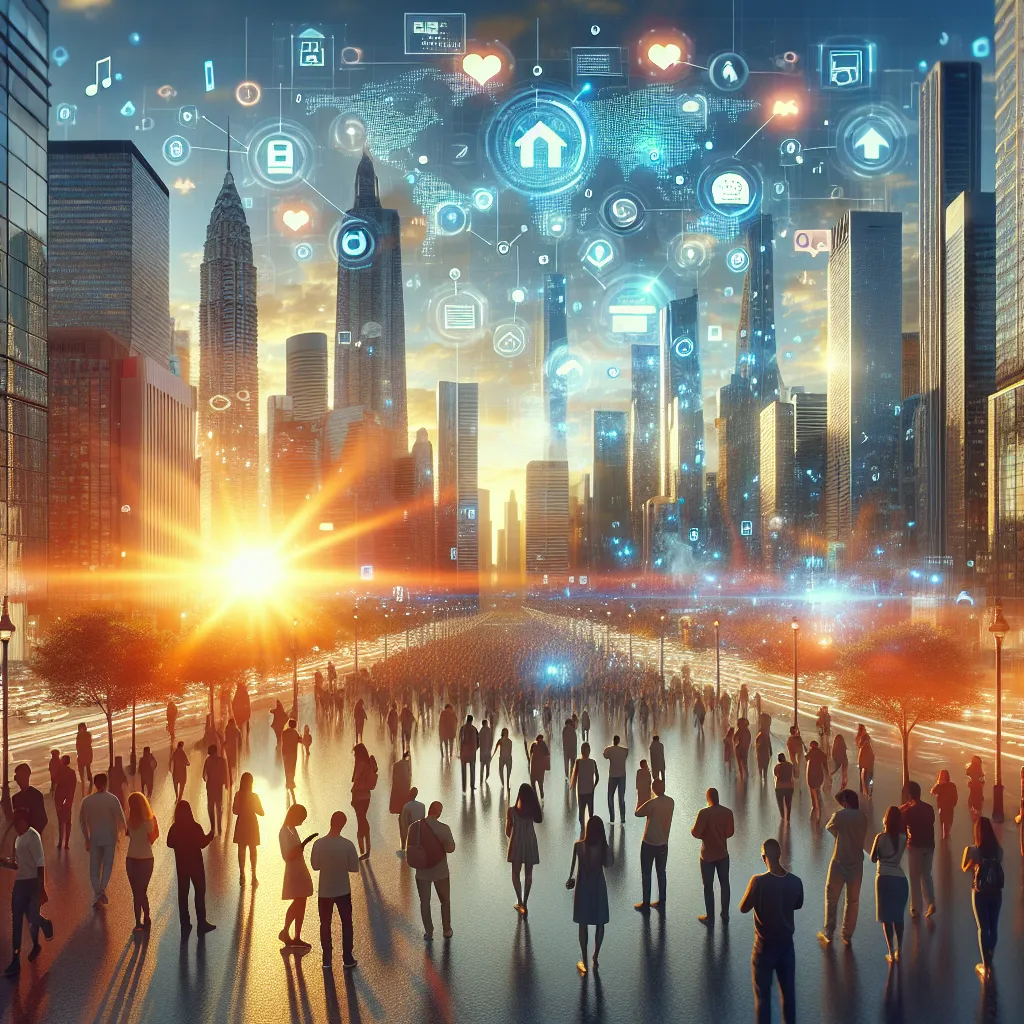The Role of People Counting in Smart Cities
As urbanization continues to accelerate, the implementation of smart technologies becomes increasingly vital, and people counting emerges as a cornerstone in the development of smart cities. This innovative technology aids cities in managing resources effectively, enhancing public safety, and improving the overall quality of urban life. In this article, we will delve into the significant role of people counting in smart cities, exploring its benefits and applications.
What is People Counting?
People counting refers to the use of sensor technologies such as cameras, infrared sensors, and Wi-Fi tracking to estimate the number of individuals in a designated area. This information is crucial for various applications, ranging from transportation management to retail analytics. The data provided by people counting systems can significantly influence decision-making processes in smart city infrastructures.
Benefits of People Counting in Smart Cities
1. Enhanced Urban Planning
People counting plays a pivotal role in urban planning by providing accurate data analytics on foot traffic. By understanding where and when people congregate, city planners can:
- Optimize Public Spaces: Design parks, plazas, and other communal areas that cater to the community’s needs.
- Improve Transportation Systems: Tailor transportation services to match the flow of pedestrians and cyclists, ensuring efficient use of resources.
2. Boosting Public Safety
Safety is a primary concern for residents in any urban environment. People counting technologies can enhance safety measures by:
- Monitoring Crowds: Detecting overcrowding in public spaces can trigger alerts for authorities to manage potential risks.
- Emergency Response: Providing real-time data helps emergency services respond effectively to incidents by knowing how many people are in a location.
3. Optimizing Retail and Commercial Spaces
In a retail context, people counting data can significantly enhance business strategies:
- Customer Insights: Retailers can analyze foot traffic to discover peak hours and adjust staffing accordingly, improving customer service.
- Marketing Strategies: Understanding which areas draw more visitors allows for targeted marketing campaigns and better product placements.
4. Energy Management
As cities strive for sustainability, integrating people counting in energy management strategies can lead to significant savings:
- Smart Lighting Systems: Adjust lighting intensity based on the number of people present in an area, conserving energy during off-peak times.
- Climate Control: Use data from people counting to regulate heating and cooling in buildings based on occupancy.
Case Studies: People Counting in Action
Several cities around the globe have successfully integrated people counting into their smart city initiatives. Here are a few notable examples:
- Barcelona, Spain: This city utilizes people counting in its public transportation system to adapt services based on real-time ridership data.
- Singapore: Smart pedestrian networks leverage people counting to manage foot traffic at popular attractions, ensuring a streamlined visitor experience.
- London, UK: The city has implemented people counting technologies in parks and public squares to monitor and improve safety and comfort.
Conclusion
The integration of people counting technology is reshaping how we envision and operate smart cities. By enhancing urban planning, boosting public safety, optimizing commercial spaces, and improving energy management, people counting presents a multitude of benefits that contribute to creating a more efficient and sustainable urban environment. As cities continue to evolve, the role of people counting will only become more significant, paving the way for smarter, safer, and more responsive urban living spaces.
By investing in people counting technologies, cities can not only enhance the daily lives of their residents but also lay the groundwork for future innovations in smart urban development.




